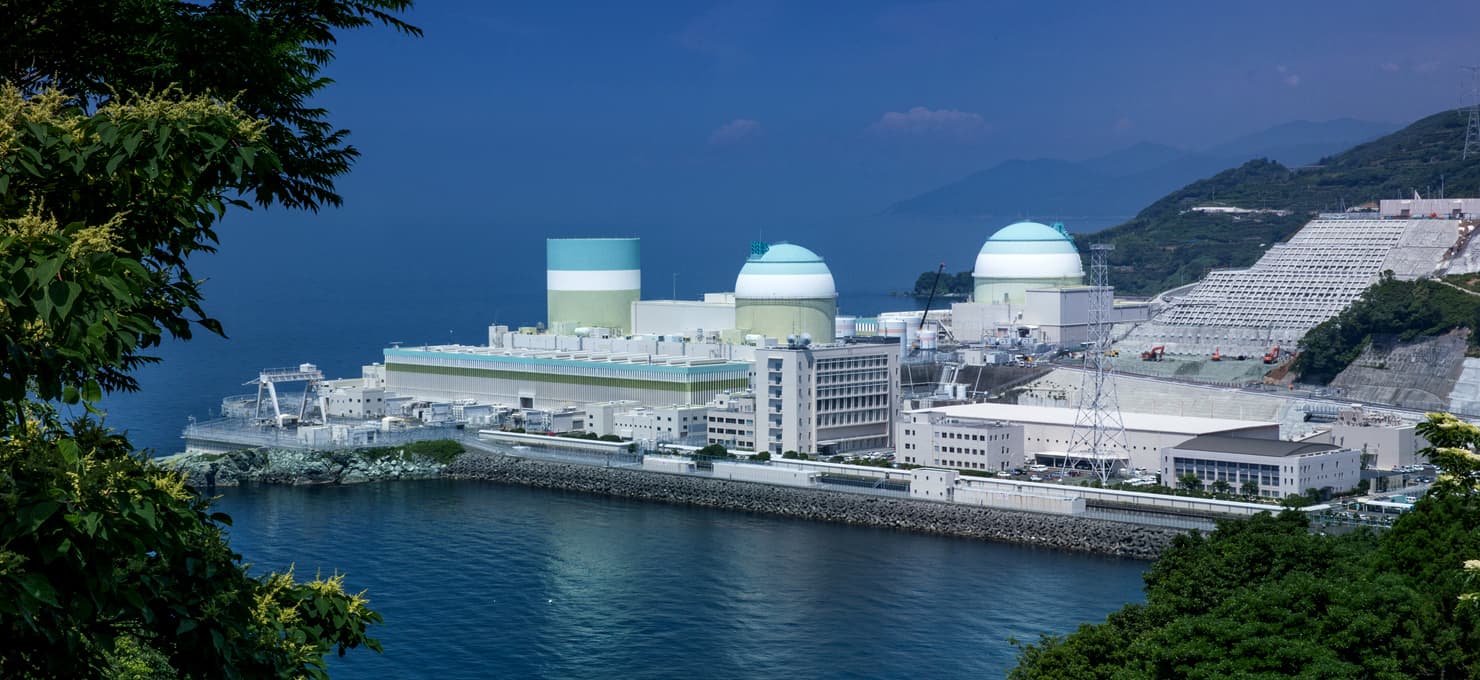News
Discover the latest news from Volue. Here you will find press releases, commentary and articles about our organisation, products, and solutions.

Filter by product line

Energy Market Data & Forecasts
Decarbonisation, electrification, and market change: Preparing for 2050 with Insight by Volue

Corporate News
Volue acquires smartPulse, accelerating expansion into Southern and Eastern Europe and Türkiye with full power trading and battery optimisation capabilities

Energy Market Data & Forecasts





